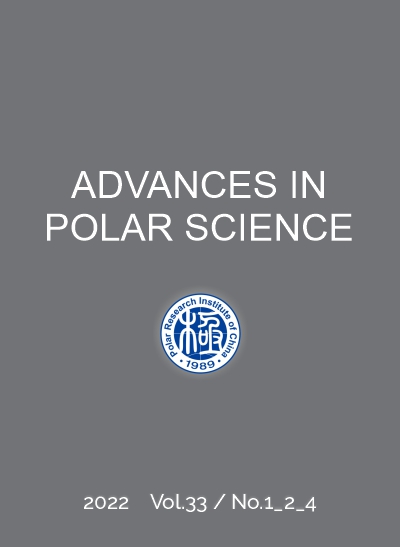Publication: Advances in Polar Science (APS). Vol. 33, No. 1, 44~54, March 2022
To download the publication please click on the download link at the bottom of the page
Author: XUE Siyou, HU Ji, FENG Yubin, LI Dong, ZHANG Haifeng, ZHAO Jun, HAN Zhengbing, YU Peisong and PAN Jianming
DOI: 10.13679/j.advps.2021.0034
CNARC member: Polar Research Institute of China (PRIC)
Abstract: To understand the response of transparent exopolymer particles (TEP) to the changes in phytoplankton communities caused by melting sea ice, we collected samples from the polynya and open ocean affected by the Antarctic circumpolar current in the Amundsen Sea. TEP, pigments, and other environmental factors were analyzed. The results showed that high TEP content was mainly found in the polynya, and was higher in the surface layer than in the deep layer. The main factor that affected TEP distribution was the phytoplankton community. In the polynya area, the phytoplankton were dominated by low-iron Haptophyta. In the Antarctic circumpolar current region affected by ice-melting water, the dominant species was diatom type II. Our results revealed that low-iron Haptophyta may be the main contributors to TEP content.
Key words: transparent exopolymer particles, Amundsen Sea, impact of sea ice, phytoplankton


